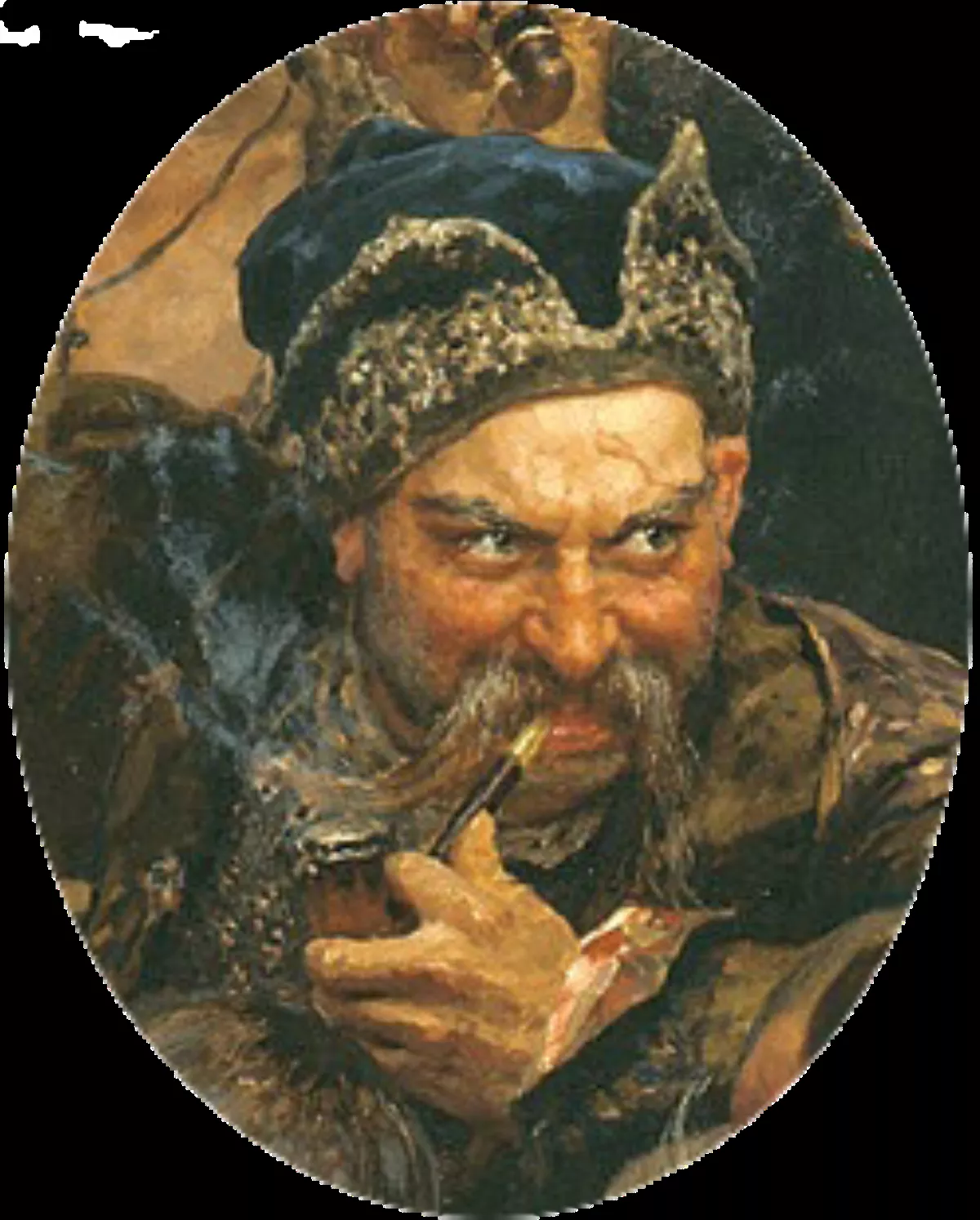 1.
1. Ivan Dmytrovych Sirko was a Zaporozhian Cossack military leader, Koshovyi Otaman of the Zaporozhian Host and putative co-author of the famous semi-legendary Cossack letter to the Ottoman sultan that inspired the major painting Reply of the Zaporozhian Cossacks by the 19th-century artist Ilya Repin.